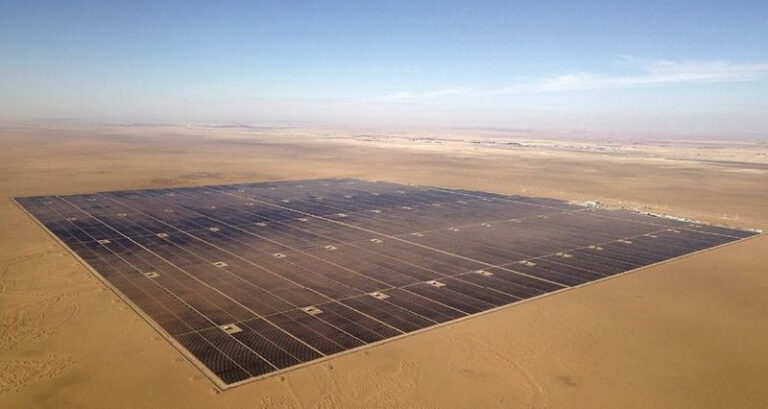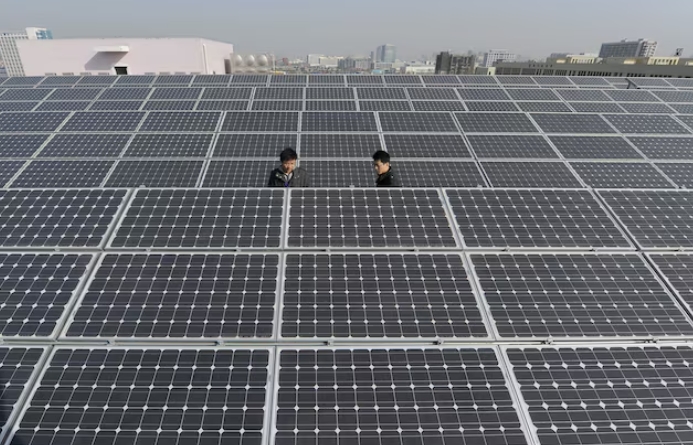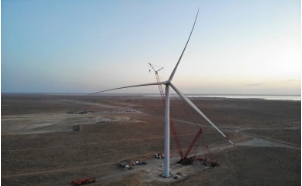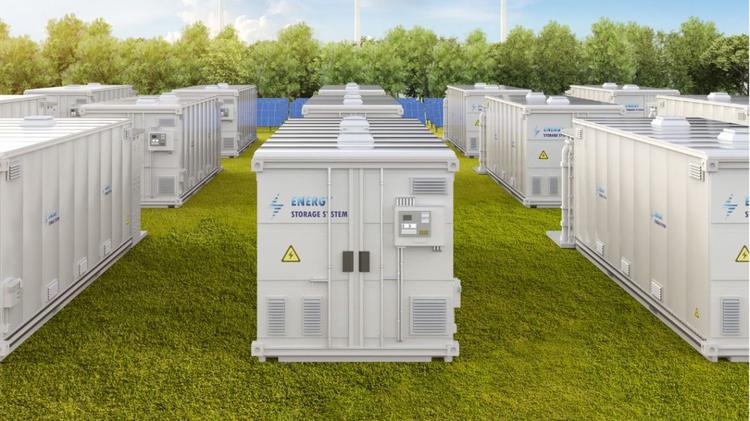The Covid-19 pandemic drove Japanese coal-fired power generation to a more than four-year low in May, although the fuel's cost advantage for power generation saw output hold up better than LNG.
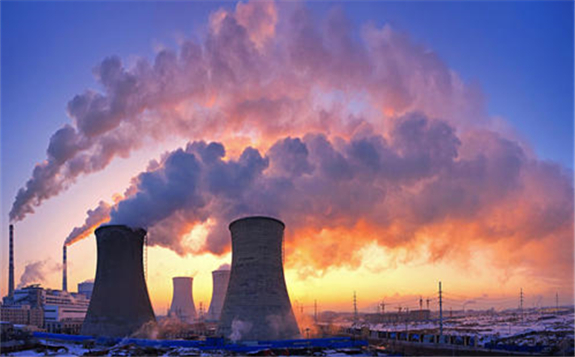
Japanese coal-fired generation dropped by 11pc on the year to 16.8TWh in May, with consumption down by nearly 10pc to 6.5mn t, according to energy ministry data released this week. This represents the lowest demand since before April 2016, when the government began publishing granular generation data, although consumption and imports have since shown signs of recovery and may benefit further from lower nuclear availability in the fourth quarter.
Weaker demand helped to push coal stocks to 9.9mn t as of the end of May, up from 9.4mn t 12 months earlier and the highest since before April 2016.
The impact of Covid-19 on overall power demand weighed heavily on coal consumption, with national output from all sources falling by 10pc on the year to 56.3TWh in May. But coal burn was hit less hard than gas, following the start-up of new coal-fired units earlier in the year and the fuel's continuing cost advantage over oil-linked LNG for power generation.
Japanese gas-fired generation fell by 19pc on the year to 19.6TWh in May, accounting for only 53.9pc of aggregate output from coal and gas. This was down 2.3 percentage points on the year. Over January-May, coal and gas accounted for 46pc and 54pc of total generation from the two fuels, respectively, compared with 43pc and 57pc shares in the first five months of 2019.
Coal's cost advantage over LNG helped to counter some of the overall weakness in power-sector demand for the fuel, but the sharp decline in oil prices in the spring is now filtering through to oil-linked LNG import prices. This has narrowed coal's advantage and may encourage utilities to ramp up their use of gas-fired capacity at a quicker pace than for coal in the near-term, as nuclear generation dips amid a busy maintenance schedule in the second half of 2020.
Based on the average import prices of bituminous coal with more than 8pc ash and LNG in July, the implied generation costs for a 42pc-efficient coal-fired plant and a 60pc-efficient gas-fired plant would be $27.44/MWh and $43.31/MWh, respectively. This would give coal a $15.87/MWh advantage, down from as high as $27.18/MWh in May.
Japanese coal imports, including bituminous and sub-bituminous coal and lignite, fell by 17.7pc or 2.4mn t on the year in July, while LNG receipts were down by 11pc at 6mn t. January-July imports were down by 4.2pc at 76.3mn t for coal and by 6.6pc at 42.1mn t for LNG.
Weaker imports from Japan's biggest supplier Australia drove the decline in July and the year to date as a whole, falling by 1.4mn t on the year in July and by 3.2mn t in January-July. Imports from Indonesia and Russia rose by 1mn t and 750,000t, respectively, on the year in January-July as buyers have looked to diversify their supply mix, but receipts from both countries fell on the year in July.

